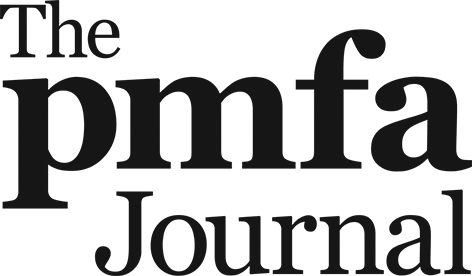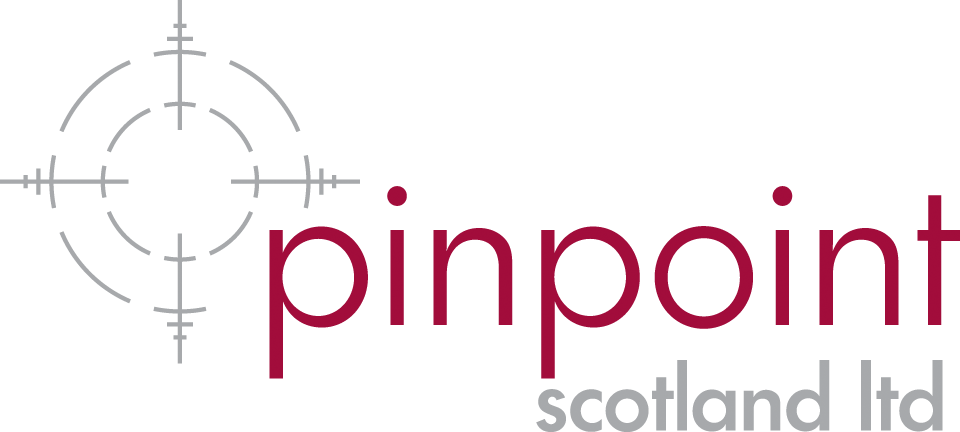The use of dermal fillers in the midface to create a more harmonious and youthful look has been increasing in recent years. It is important to use the appropriate technique and suitable product to create an aesthetically pleasing malar projection and fuller cheeks without widening the midface or giving it an overfilled look [1].
Patient selection
In my experience of treating mainly Asian patients, I find that they want features that are more Caucasian. The aim of the treatment is to create more anterior projection over the maxilla without widening the prominence of the zygomatic arch. These patients also tend to have more shallow eye sockets, so it is important not to overfill the superficial layers of the midface, including the tear trough area.
Assessment
A thorough clinical history is taken, especially the history of previous injectables or energy devices used over the face and the type of product used. This is to determine if there may be possible scarring of the facial planes.
The patient is then assessed sitting upright and with the chair height adjusted to ensure assessment of the face is done at the eye level of the injector. Good photographic documentation at 45, 90 and 180 degrees is obtained. Skin quality is also assessed. Those with poor skin recoil or who have periorbital oedema are not good candidates.
The cheeks and tear trough area are assessed for symmetry and the most prominent area of midface deformity is demarcated. I always start injecting on the side of the face with the more severe deformity to ensure that I get a more balanced result without overfilling.
Choice of product
High G’ cross-linked is used for injections of deeper layers, and lower G’ is used over the more superficial layers [2]. It is essential that the extrusion force of the dermal filler is relatively low despite having a high G’, to ensure smoother and more homogenous injection delivery. This reduces the risk of nodules and lumps during the injection process [2]. I feel that when I don’t have to use excessive force during injection through a smaller gauge needle, I have better injection control, get more accurate gel placement and the patient has a higher level of comfort.
Requirements
- HA filler with a range of G’
- 27G needle and 50mm 25G cannula
- Disinfectant
- Sterile gloves
- Good lighting
- Adjustable treatment chair

Demonstrating the technique.

Patient before treatment.

Patient after treatment.
Technique
An imaginary line joining the lateral canthus and nasal alar base is marked (red dotted lines). Using a 27G needle, 0.3-0.5cc of Hyabell® Ultra is injected on each side at the epiperiosteal plane at the area marked, while lifting the tissue (point A). The skin is punctured with a 23G needle at the midpoint of the line over the lateral canthus (point B). A 50mm 25G cannula is inserted into the deep subcutaneous plane.
Hyabell® Deep 0.5cc is injected in using a fanning method towards the demarcated area (black arrows). The non-injecting hand is used to feel for the inferior orbital rim while 0.1cc of Hyabell® Basic is injected at each point over the epiperiosteal plane with a 27G needle. Three to four points are required to fill the tear-trough deformity (green dots). Despite having a low concentration of hyaluronic acid, Hyabell® Basic gives excellent filling of the tear-trough area without causing an overfilled appearance.
The patient is reviewed after two weeks. I treat most of my patients with a single intervention using this product as the result is more predictable due to the unique rheological properties of this filler.
References
1. Mendelson B, Wong CH. Changes in the facial skeleton with aging: implications and clinical applications in facial rejuvenation. Aesthetic Plastic Surgery 2020;44(4):1151–8.
2. Weidmann M. A novel dermal filler with lidocaine and its application.
Declaration of competing interests: None declared.







